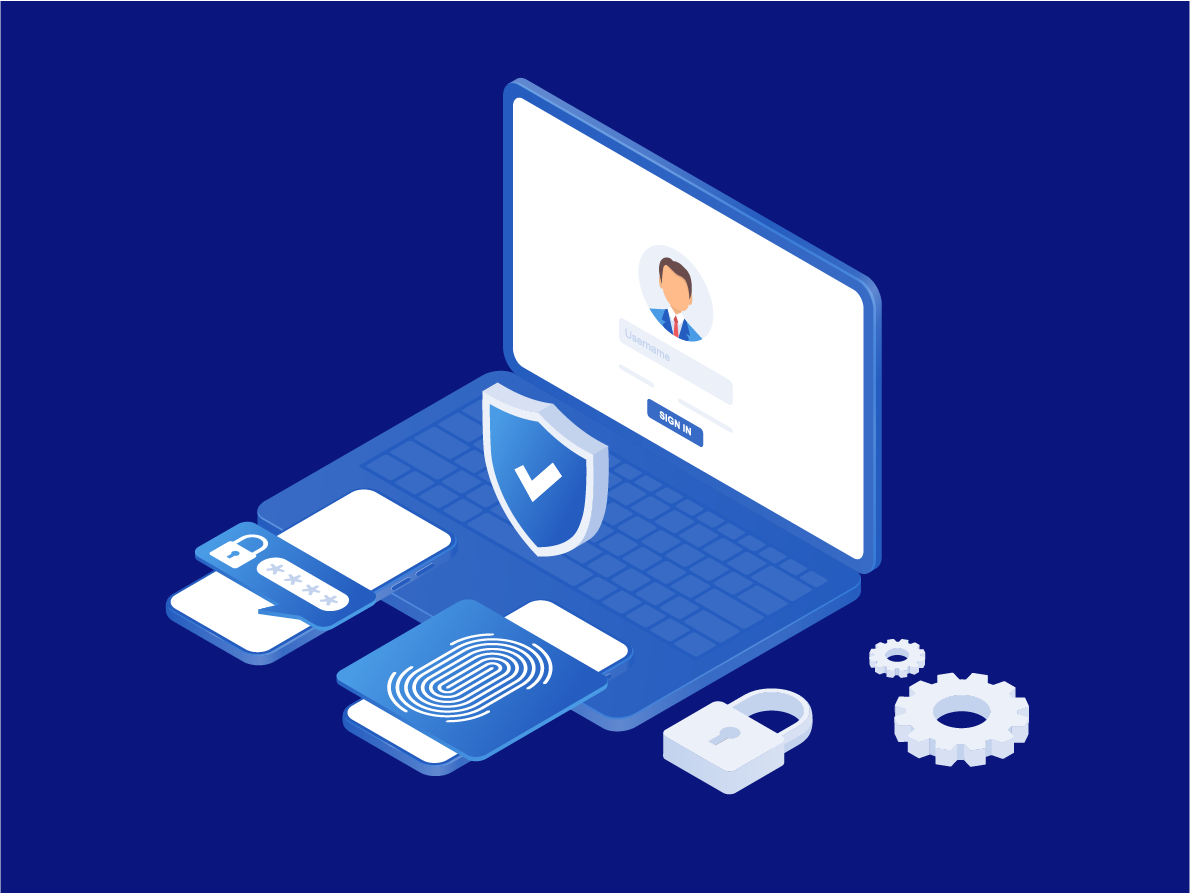
In recent years, businesses have been pivoting to digital tools to make the supply chain more efficient for both the company and consumers. Commercial transactions are being digitized, as the need for contactless services amid the COVID-19 pandemic accelerated the growth of e-commerce worldwide.
With the growth of e-commerce comes the wide utilization of various digital business tools. Integrating different digital solutions allows enterprises to become more flexible in their operations and greatly enhances customer connections.
The increase in online transactions has contributed to the growing number of digital payment services available in the market. The need for contactless service expedited the development of online applications, making it easier for payment services to cater to their customer’s financial needs.
The Growth of Digital Payments Services
Developments in financial technology (“FinTech”) have made it easier for people to transact online. Almost 65 percent of the American population is now using mobile banking applications, and this is expected to increase moving forward as the world slowly shifts to a cashless society.
But the rise of online financial services coincides with increased cyberattacks within the industry as reported data breach and fraud incidents continue to rise every year. In 2020 alone, the incidents of fraud and identity theft doubled from what they were in 2019.
Because of this, companies are investing in robust security measures to prevent hackers from exploiting their systems. Governing bodies also saw the need to update existing regulations to improve customer authentication and boost innovations in digital finance security.
The Implementation of PSD2
The need for a centralized system in complex business types like finance ld in the European Union (EU) to develop a statute to create a unified payment market in the region. It adopted the Payment Services Directive (PSD) in 2007 to establish safe online financial services in EU member nations. Later on, the union recognized the need to update the statute based on further innovations in payments technology.
The amendment of the first directive laid the groundwork for PSD2 in 2013, which aimed to enhance customer protection by modernizing payment authentication services and boosting competition in the financial industry. With PSD2, customer rights are further protected as it requires financial institutions to promptly resolve consumer complaints and ensure that the funds are accessible for digital transactions.
Besides pushing for financial innovation and better customer experience, PSD2 also obliges digital payment services to bolster cybersecurity with enhanced security measures. The security requirements outlined in PSD2 were added to ensure a high level of online protection when customers make online transactions.
Compliance Requirements of PSD2
Under PSD2, organizations can maintain a high level of e-commerce security while providing impeccable customer support. The statute contains specific requirements that companies must comply with to achieve their desired results.
The directive's primary compliance requirement is to have an open application programming interface (API) to allow account information service providers (AISPs) to access customer data once prompted by the consumer. This will help merchants easily retrieve banking data directly from the clients once a transaction is made.
PSD2 also mandates enterprises be more transparent with their customers by making their terms and conditions more customer-friendly. As stated earlier, the regulation also requires organizations to take action on customer complaints in a timely fashion. It also includes guidance on how incidents should be reported to customers and authorities.
Moreover, companies are prohibited from applying additional fees when the customers pay for ticketing, food, or travel with a credit or debit card. However, the most critical requirement of PSD2 is that it requires payment processors to utilize multi-factor authentication (MFA) to prevent payment fraud or breaches.
The Strong Customer Authentication (SCA) Process in PSD2
The increasing incidents of fraud caused a need to reassess existing security measures in the payments industry. The Strong Customer Authentication (SCA) guideline under PSD2 reduces fraud in internet transactions by ensuring that the person making a payment is in fact the client and not a fraudster.
The SCA guideline contains three elements; knowledge, inherence, and possession. Knowledge is something that the customer knows, commonly knowledge-based credentials such as a password. Inherence pertains to biometric authentication data, like fingerprints or face recognition. Possession refers to something that the consumer owns, such as their mobile device or hardware tokens.
These three requirements of strong customer authentication are designed to be independent of each other. It means that even if one of the elements is breached, the account is still less likely to be compromised. That is why customers must use two of the three SCA guidelines to complete the checkout process.
Implementing the SCA multi-factor authentication (MFA) guideline provides robust online payment security, but if not properly implemented it can also be a hassle for customers who want instant gratification. Online retailers might not have the time or expertise to institute an efficient SCA process themselves. In connection, PSD2 offers an alternative way to authenticate online payments via a third party without compromising safety or customer experience.
Delegated Authentication in PSD2
Adding further security measures to the online checkout process is essential for preventing payment fraud. However, it can also create friction between the merchant and the consumer. The more convoluted the security steps clients need to go through, the less likely they will be to continue purchasing or engaging with the service.
This delegated authentication component of PSD2 simplifies the payments authentication process. Unlike the traditional payment flow where the retailer fulfills the authentication requirements themselves, delegated authentication allows an outside authentication provider to do this.
With this procedure, online retailers can allow third-party services to perform the requirements of strong customer authentication for them. Implementing this process enables e-commerce companies to provide a seamless customer experience while ensuring security for their customers.
PSD2 is the Future of Digital Payments
In 2020, the e-commerce industry contributed to about 17% of global retail trade and is projected to increase throughout the post-pandemic world. This rapid digital transformation has helped streamline business processes and transactions.
PSD2’s regulations are designed to fend off hackers from attacking while significantly improving the customer’s experience. Integrating a third-party strong customer authentication solution can allow e-commerce providers to meet both the challenges set forth by PSD2 and ever-demanding customer preferences for convenience.
LoginID’s FIDO2 passwordless authentication solution is highly secure, simple to integrate, and reduces onboarding friction. It enables online retailers to meet PSD2’s requirements for strong customer authentication across desktop and mobile platforms.
To learn how LoginID can equip companies and businesses with the necessary fraud prevention tools, get started by registering for a free account.
Sources:https://unctad.org/webflyer/covid-19-and-e-commerce-global-reviewhttps://delloite.wsj.com/articles/digital-tools-a-boon-to-small-business-1498017728https://fintechmagazine.com/digital-payments/digital-payments-magnify-need-regulatory-integrationhttps://www.bbva.com/en/everything-need-know-psd2/https://www.varonis.com/blog/psd2/https://www.emerchantpay.com/insights/payment-services-directive-2-psd2-and-sca-explained/https://www.ravelin.com/blog/how-does-delegated-authentication-promote-checkout-conversion


